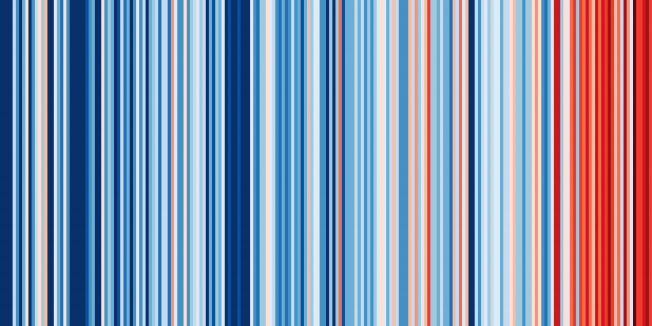Beyond skill scores: exploring sub-seasonal forecast value through a case study of French month-ahead energy prediction
(2020)
Optimising the use of ensemble information in numerical weather forecasts of wind power generation
Environmental Research Letters IOP Publishing 14:12 (2019) 124086-124086
Revisiting the Identification of Wintertime Atmospheric Circulation Regimes in the Euro-Atlantic Sector
(2019)
An interdecadal shift of the extratropical teleconnection from the tropical Pacific during boreal summer
Geophysical Research Letters American Geophysical Union 46:22 (2019) 13379-13388
Abstract:
The extratropical teleconnection from the tropical Pacific in boreal summer exhibits a significant shift over the past 70 years. Cyclonic circulation anomalies over the North Atlantic and Eurasia associated with El Niño in the later period (1978‐2014) are absent in the earlier period (1948‐1977). An initialised atmospheric model ensemble, performed with prescribed sea surface temperature (SST) boundary conditions, replicates some key features of the shift in the teleconnection, providing clear evidence that this shift is not simply due to internal atmospheric variability or random sampling. Additional ensemble simulations, one with detrended tropical SSTs and another with constant external forcing are analysed. In the model, the teleconnection shift is associated with climatological atmospheric circulation changes, which are substantially reduced in the simulation with detrended tropical SSTs. These results demonstrate that the climatological atmospheric circulation and associated teleconnection changes are largely forced by tropical SST trends.Seasonal predictability of the winter North Atlantic Oscillation from a jet stream perspective
Geophysical Research Letters Wiley 46:16 (2019) 10159-10167



